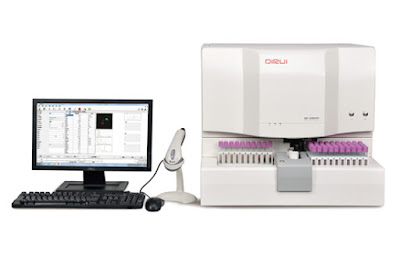Critical limits define boundaries of life-threatening values of laboratory test results. Critical results or values are those that fall outside high and low critical limits. Urgent clinician notification of critical results is the lab’s responsibility. The system of critical value reporting was first implemented in a hospital by George D. Lundberg, MD, and first published in MLO in 1972. These tables are based on three national surveys by Gerald J. Kost, MD, PhD, MS, FACB, of the University of California Davis Health System. Adapted with permission from his articles,1-4 the tables summarize critical limits used by 92 responding U.S. medical centers, including 20 trauma centers, and 39 children’s hospitals. Mean and standard deviation (SD) data are presented. The frequency with which critical limits were listed can be found in the original articles.
Source: ClinicalLaboratoryReference










